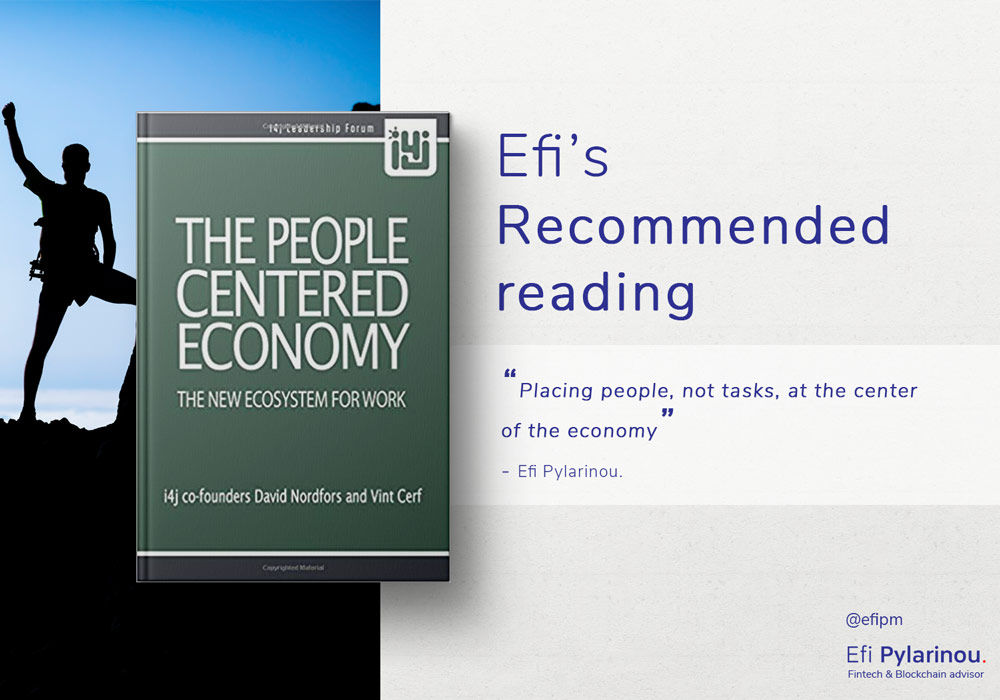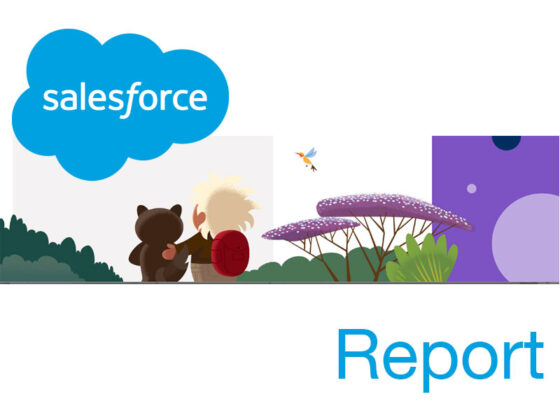Don`t confuse People-centric Banking with Customer-centric Banking
A bank that is people-centric is one that supports, inspires, and grows a community with strong ties. This is much more than a customer centric bank. The customer centric hashtag may mean a great app that is simple and easy to use, or an onboarding process that is fast, secure and efficient, or a rich menu of choices of products, or an adaptive learning chatbot, or a transparent advisory service,….
A genuinely people-centred approach to business, includes the way a bank handles a delinquent mortgage or loan payment. A bank that starts by asking `Why` the delinquency is a people centric business. It stays in conversation with the customer, shifting from a transaction centric mindest and focusing on supporting the client to move forward.
A bank that has customized tech solutions to advise and support the customer who can’t pay, even if that means no transaction for the bank. Gi Fernando MBE, founder of Freeformers, refers to such a case implemented at Barclays in their mortgage area. Instead of repossessing homes of people that found themselves in long term financial difficulties, they connected them to other organisations that could them (from government organisations to accessing money from different sources). His chapter `Banks at the heart of a people centered economy` in the People Centered Economy book goes into more details.
Here is another concrete example of how a people-centric bank operates. Frost Bank is a 150-year-old Texas based bank that started off as a small mercantile store and is now one the 50 largest banks in the US. Frost bank has also been receiving the Greenwich Excellence award in the middle market and small banking category.
What caught my attention is their Optimism campaign called Opt for Optimism. They chose to link Optimism with financial health. They are a concrete use case of a bank whose focus is on supporting its customers to thrive in life, which inevitably includes financial issues.
First, Frost Bank embarked on a research study about the link between Optimism and financial health. Here are some of their findings:
OPTIMISTS EXPERIENCE 145 FEWER DAYS OF FINANCIAL STRESS PER YEAR
OPTIMISTS ARE 7X MORE LIKELY TO EXPERIENCE BETTER FINANCIAL HEALTH
They published their research in Mind over Money showing how attitude and mindset toward money impact financial health.
At the same time, they launched a campaign about Optimism through a 30 day challenge during which people can join in performing 30 acts of optimism. They also created a community sharing portal to inspire each other. People can also explore the financial habits of optimists, watch inspiring films the bank produced for the campaign and find out why Frost Bank cares about something like optimism in the first place.
They are building a community around intangible values that we all care about even though they are not reflected in productivity and GDP numbers directly. Their lack of, is reflected in the fact that burnout has become officially a disease according the WHO. Does your bank know that you are sick or that flirting with this disease? How would you feel if your bank actually advised you on how to prevent falling sick from one the rising risk factors – burnout? A disease that has multi-faceted financial health implications.
As you read this, you may think that there are several banks that have all kinds of social responsibility initiatives. I will not disagree, but they are peripheral and segregated from the 99% transactional business they run. These activities are not strengthening the ties within the community of their users. They remain branded as a politically correct item on the corporate list.




